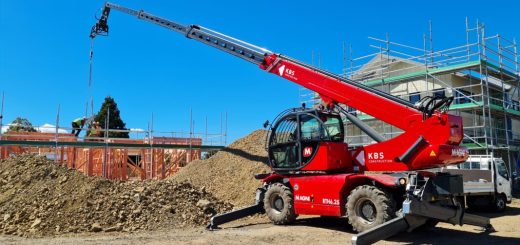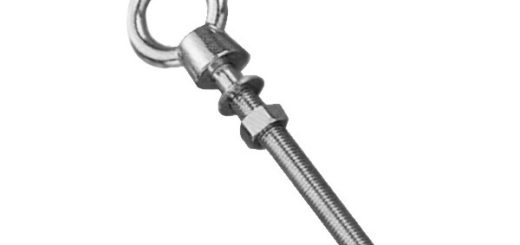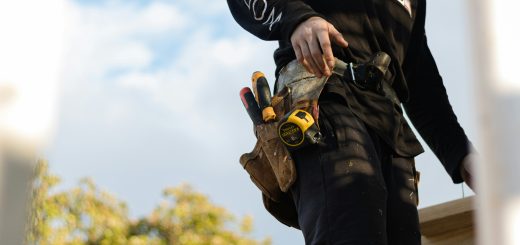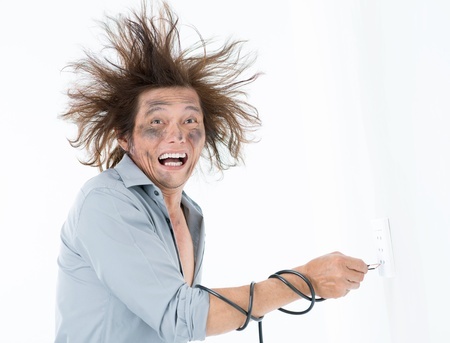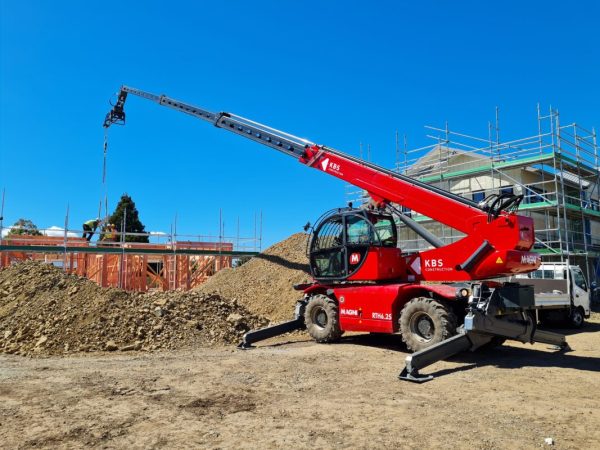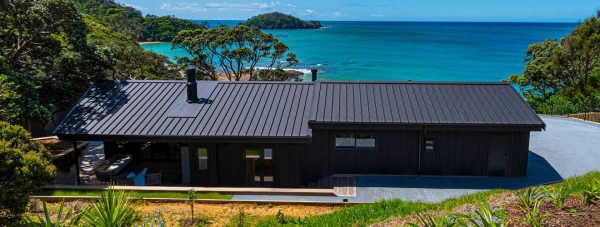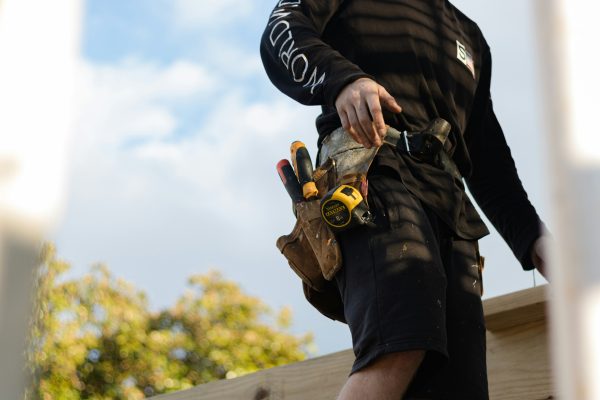Identifying issues with timber floors
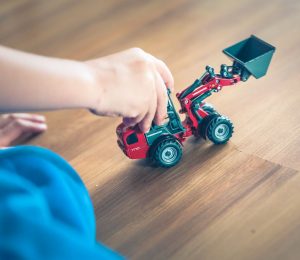 Wooden floors, while providing a beautiful finish, come with their own inherent problems. The most common issues with flooring are obvious, with cracks, cupping (where boards rise at the edges), buckling or colouring occur, are easily identified and immediately suggest that there are subfloor problems. However, not all issues are identifiable through obvious symptoms. Moisture and wood do not mix well and structural integrity can be compromised without any warning signs. Though some subfloor issues are apparent to a discerning eye, but an absence of clear signs does not necessarily mean a lack of degradation.
Wooden floors, while providing a beautiful finish, come with their own inherent problems. The most common issues with flooring are obvious, with cracks, cupping (where boards rise at the edges), buckling or colouring occur, are easily identified and immediately suggest that there are subfloor problems. However, not all issues are identifiable through obvious symptoms. Moisture and wood do not mix well and structural integrity can be compromised without any warning signs. Though some subfloor issues are apparent to a discerning eye, but an absence of clear signs does not necessarily mean a lack of degradation.
Uneven floors are the most obvious sign that something isn’t quite right and squeaking floorboards, which are often put down to a house’s ‘character’ should not be ignored. This can suggest that the floor is not adequately supported. Potentially, there is damage to the joists, but almost certainly that there is a problem with either the structural design or cumulative degradation to materials. Almost all flooring issues stem from subfloor problems.
The most common Subfloor issues
Wood shrinks and swells with time; floorboards shrink as they dry. This is a particular problem with older floors, as traditionally ‘green’ or moist wood boards were used. Though flush and sealed on installation, as the floor ages and dries, gaps are created allowing moisture transfer through the floor. Alternatively, dry boards which were fitted with precise joints, may swell as they take on moisture in a poorly insulated home. This causes pressure between the boards, swelling, cracking and producing an uneven surface. This can be a huge problem, especially if the pressure is great enough to force the floor away from supporting joists or, in extreme circumstances, burst the supporting frame.
Of course, sub-floor issues are not restricted to types of moisture transfer. Termites, unsuitable bonding agents, varnishes and even floor waxes can cause severe damage to a wooden floor.
Identifying Subfloor Issues
Regardless of the type and severity of damage to a floor, understanding the specific causes and the extent of the issue is the only way to ensure that an accurate solution is found, and that time and money are not wasted addressing assumed problems that simply do not exist.
BSure House Inspections cover the Auckland area and provide full survey services, not only identifying the most common causes of timber flooring issues, but also looking deep into the structure and patterns to give both an assessment of the damage, causes and the best way to proceed. Moisture monitoring provides a measure of the moisture content of boards below the surface, without causing further disruption or damage, this applies whether looking at softwood, hardwood or specialist, exotic wood species. Similar methods can also be used on concrete slab floors, identifying inaccessible issues encased in concrete slabs.
Creating a safe, clean finish on a wood floor that will not degrade with time is not only an art, but a science. Providing adequate ventilation, without compromise on the finishing is a very hard line to tread, and many fashions in laying flooring have been followed, especially since the 1970’s. This means that there is no ‘one size fits all’ approach to repairing subfloor issues. It is important to understand the specific design and the flaws that are present before a solution can be attempted, and the only way to do that effectively is through a full site survey by flooring specialists.
BSure are trusted building inspectors in Auckland and the surrounding area, with over 30 years’ experience in the field. We do not provide re-flooring services, and are 100% independent, meaning that we are working for you and you only. Our recommendations come from our survey alone, with no vested interest in suggesting a route that will be anything less than the right answer for you.

